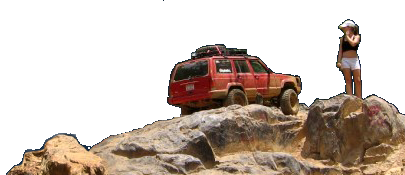Loganwayne
#BTL
- Joined
- Feb 15, 2013
- Location
- Clyde, North Carolina
It was brought up in a different thread so I thought I'd start cause I know I'm not that good





First two pics are of a 1/4"? Plate to thin wall weld seam plate sitting flat on table and tube on top. The rest are of 3/8"? Plate to thin wall weld seam plate is vertical and tube horizontal to it like in pics. I know not the best to get feedback on but that was the first I found in my scrap.
Millermatic 200
Low voltage 10-20 setting
With voltage setting on 4
Wire speed at 5
First two pics are of a 1/4"? Plate to thin wall weld seam plate sitting flat on table and tube on top. The rest are of 3/8"? Plate to thin wall weld seam plate is vertical and tube horizontal to it like in pics. I know not the best to get feedback on but that was the first I found in my scrap.
Millermatic 200
Low voltage 10-20 setting
With voltage setting on 4
Wire speed at 5



